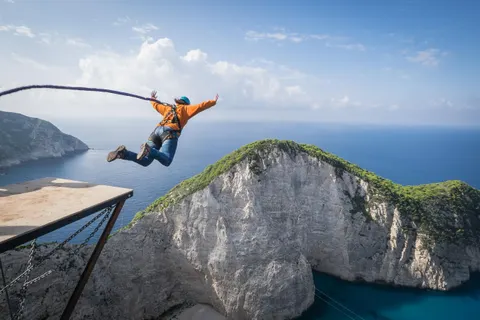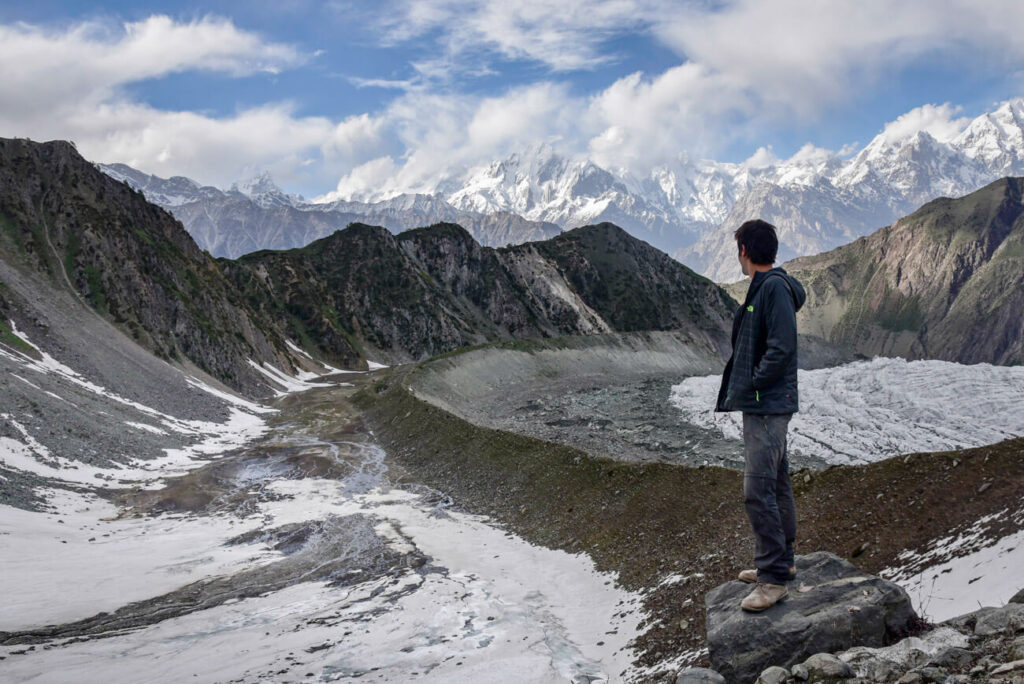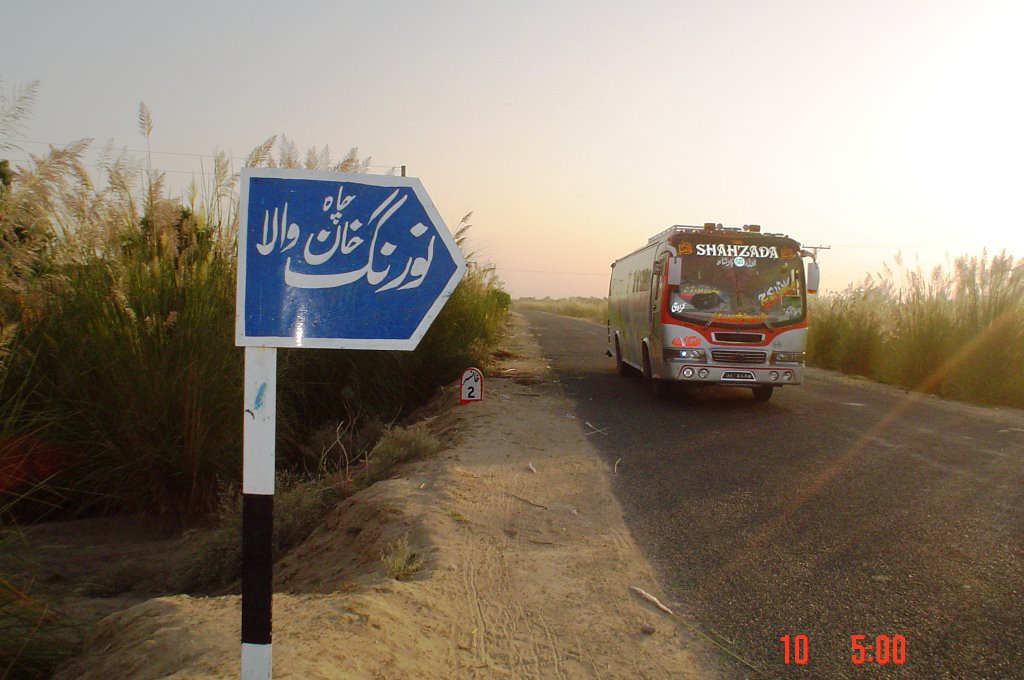Adventure travel has become far more common among Pakistani travellers in the last few years. Many young families and working professionals now look beyond the usual Dubai or Turkey trips. Instead, they want treks, hiking trails, skiing, diving spots, and road journeys that feel a bit more raw and exciting.
The moment you step off the “normal tourist path,” your insurance coverage starts shrinking, quietly and sometimes completely.
People assume that a standard travel insurance policy will cover anything that goes wrong. Insurance companies treat adventure travel very differently because the risks are higher, the costs are unpredictable, and the claims are harder to process.
So before you book that off-road expedition or glacier trek, it’s worth understanding what isn’t covered, and why.

Why Regular Travel Insurance Isn’t Built for Adventure Trips
Most travel insurance policies sold in Pakistan are structured for regular vacation travellers. They expect you to stay in populated areas, use public transport, and participate in common activities. When you push beyond that comfort zone, the insurer treats it as “high-risk.”
This doesn’t mean your entire plan becomes useless. It simply means certain events fall outside the “risk appetite” of the insurer. And unless you read the fine print—or at least understand the logic behind it—you may end up discovering gaps at the worst possible moment.
What Often Gets Excluded When You Go Off-Beat
Here are the most common areas where your coverage may not apply:
1. Extreme Sports and High-Risk Activities
Anything involving height, speed, or remote terrain usually falls into the “not covered” list. This may include:
- Ziplining
- Rock climbing
- Paragliding
- Skiing
- Scuba diving
- Snowmobiling
- Cliff jumping
Insurance companies classify these as “voluntary risk activities.” And because the probability of injury is higher than in normal travel, many standard plans avoid them.

You can visit our blog on Understanding Travel Insurance Exclusions and Limitations to learn about common exclusions that most travellers overlook
2. Injuries in Remote or Inaccessible Areas
If you’re trekking in northern Pakistan or hiking in a remote region of Turkey or Nepal, rescue operations can get complicated. Evacuation from hard-to-reach places is often excluded.
A helicopter evacuation can cost thousands of dollars. Most insurers simply do not include that kind of emergency response in basic travel plans. That’s why understanding the basics of travel insurance is so important, and our guide Why Travel Insurance is a Must-Have for Pakistani Travelers is a great starting point for Pakistani travelers.
3. Off-Road Driving Accidents
Many Pakistanis rent 4×4 vehicles abroad or join dune-bashing tours. These are usually classified as “motor sports.”
Even if you’re not driving, your participation in the activity may void coverage related to injuries or property damage.
4. Equipment Loss or Damage
Standard plans rarely cover:
- GoPro cameras
- Climbing gear
- Specialty boots
- Drones
- Protective equipment
These items fall under “professional gear” or “specialized equipment,” which insurers separate from everyday personal belongings.
5. Pre-Existing Medical Conditions Triggered by Adventure Activities
If you have asthma, a heart condition, or even mild joint issues, and the activity triggers a medical emergency, the claim may be declined.
Insurers typically cover only sudden and unexpected illnesses—not those worsened by high-risk activities.
Why These Exclusions Exist
People often assume insurers are being unfair. But there’s a practical financial reason behind every exclusion. Adventure travel claims are expensive, unpredictable, and difficult to verify. Many involve rescue services, specialized treatment, or coordination between multiple providers.
Think of insurance like a shared fund. Everyone pays into it, and everyone expects protection. When one group’s risk is much higher, the insurer has to separate it. Otherwise, premiums for all travellers would rise dramatically.
That’s the same reason companies offer specialized high-risk travel policies. The pricing reflects the actual exposure.
How Pakistani Travellers Can Protect Themselves Better
If you’re planning an off-beat trip this year, here are a few steps always recommended, whether you’re an occasional traveller or someone who enjoys demanding trips:
1. Buy a Policy That Explicitly Covers Adventure Activities
Many insurers offer add-ons or special plans for:
- Skiing
- Diving
- Trekking
- Mountain sports
- Adventure tours
Never assume. Always check the “covered activities” list.
2. Ask About Medical Evacuation Coverage
If your itinerary includes remote areas, this is essential.
Ask specifically:
- Is helicopter rescue covered?
- Is evacuation from unmarked trails included?
- What are the spending limits?
3. Declare Any Medical Conditions Honestly
Insurers don’t penalize honest disclosure. They penalize non-disclosure.
And in some cases, they even offer riders for pre-existing issues.
4. Keep Copies of All Receipts and Reports
Adventure-related claims require more documentation because the insurer must confirm what happened. Always keep:
- Hospital bills
- Activity operator receipts
- Police reports (if relevant)
- Photos of damaged gear
5. Read the Exclusion List Once
You don’t have to memorize it. Just skim it before you travel. It will immediately highlight where you may need top-up coverage.
Final Thoughts
Adventure travel is great, but it has some risks that standard travel insurance is not designed to cover. You don’t need to be an insurance expert to enjoy your trip. You just need to understand where your policy stops and where you need to get extra protection.
A little planning goes a long way. And when you’re hanging off a snowy ridge or riding through a remote valley, peace of mind is worth more than the premium you paid.

Sadia Zaheer holds a Masters in Business Administration from IBA, Karachi. After working in several financial institutions in Client Management, Corporate Lending, Islamic Banking and Product Management she jumped careers to pursue a career in writing.
She is a Finance, Business and HR Development writer with four years of experience. She reads a lot and takes care of her multiple cats to remain calm.



